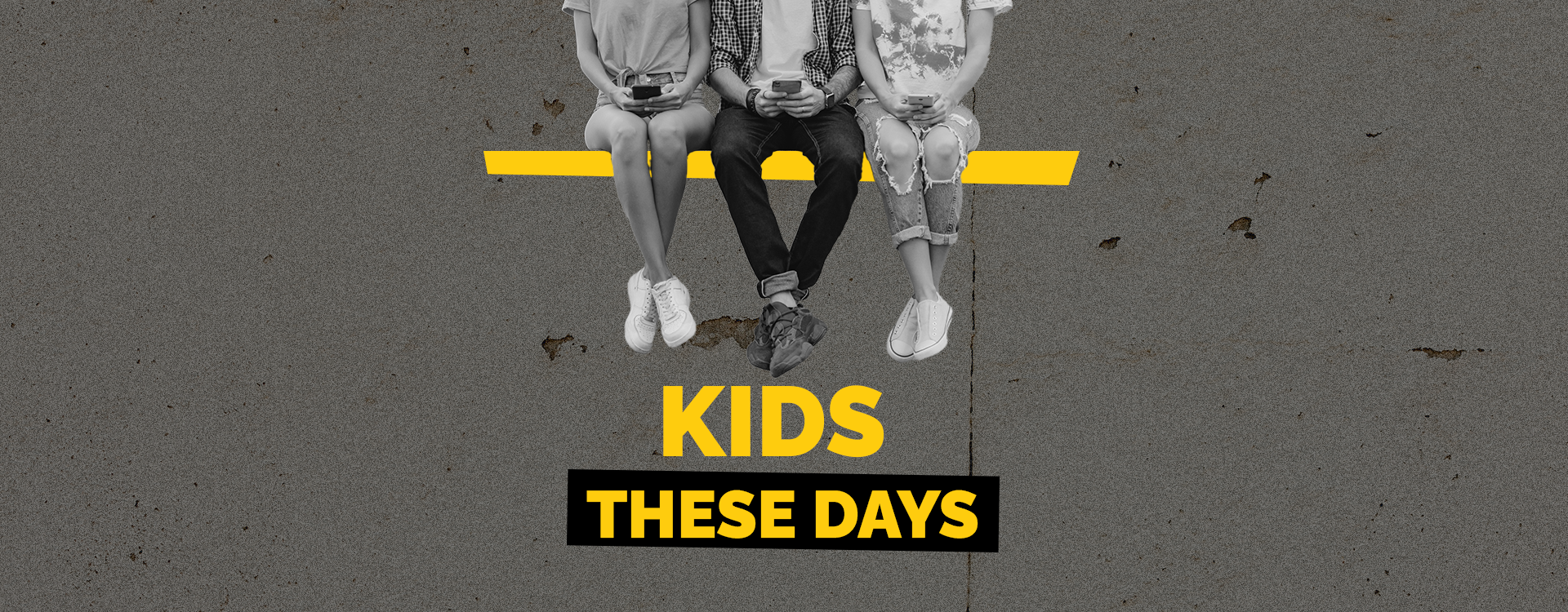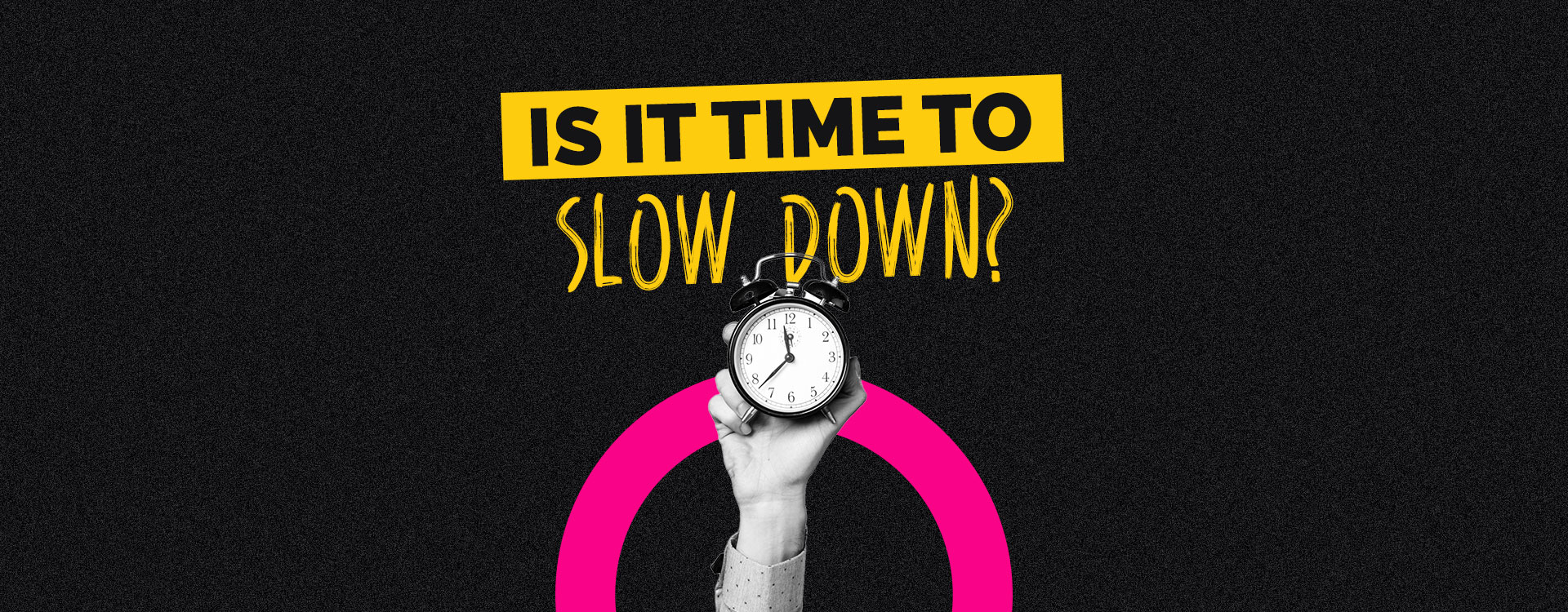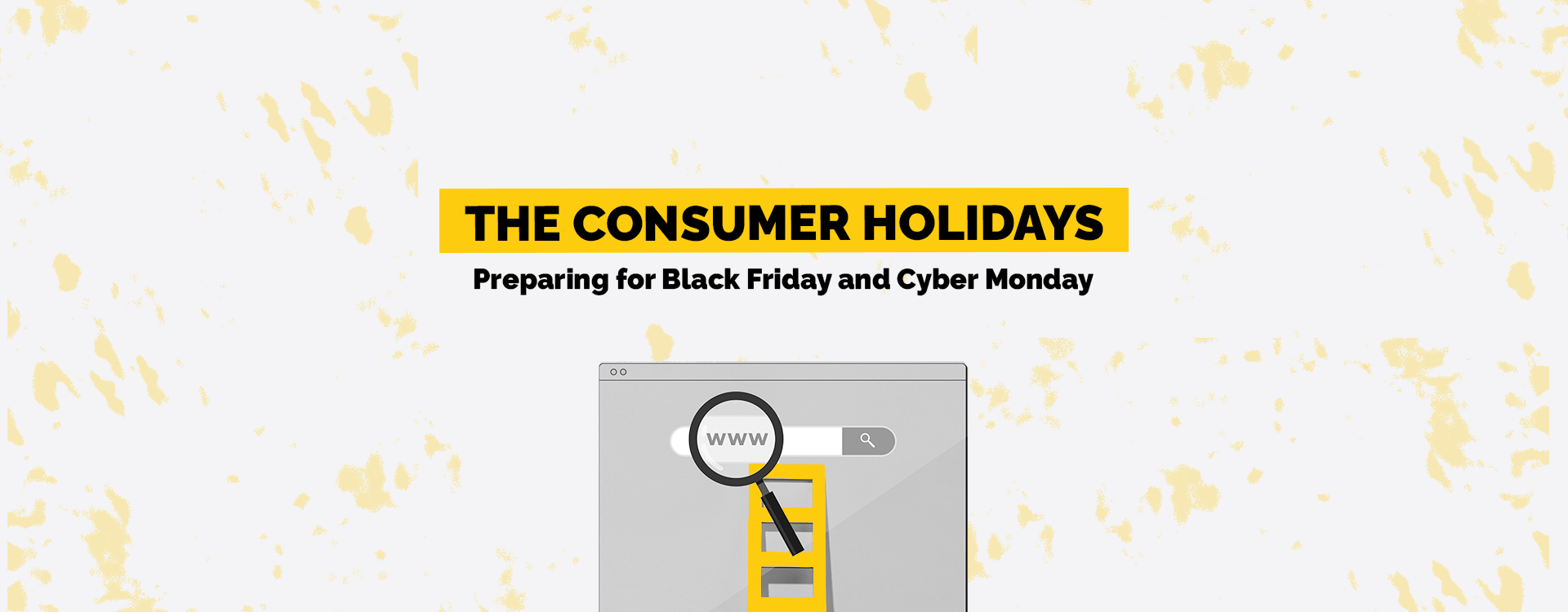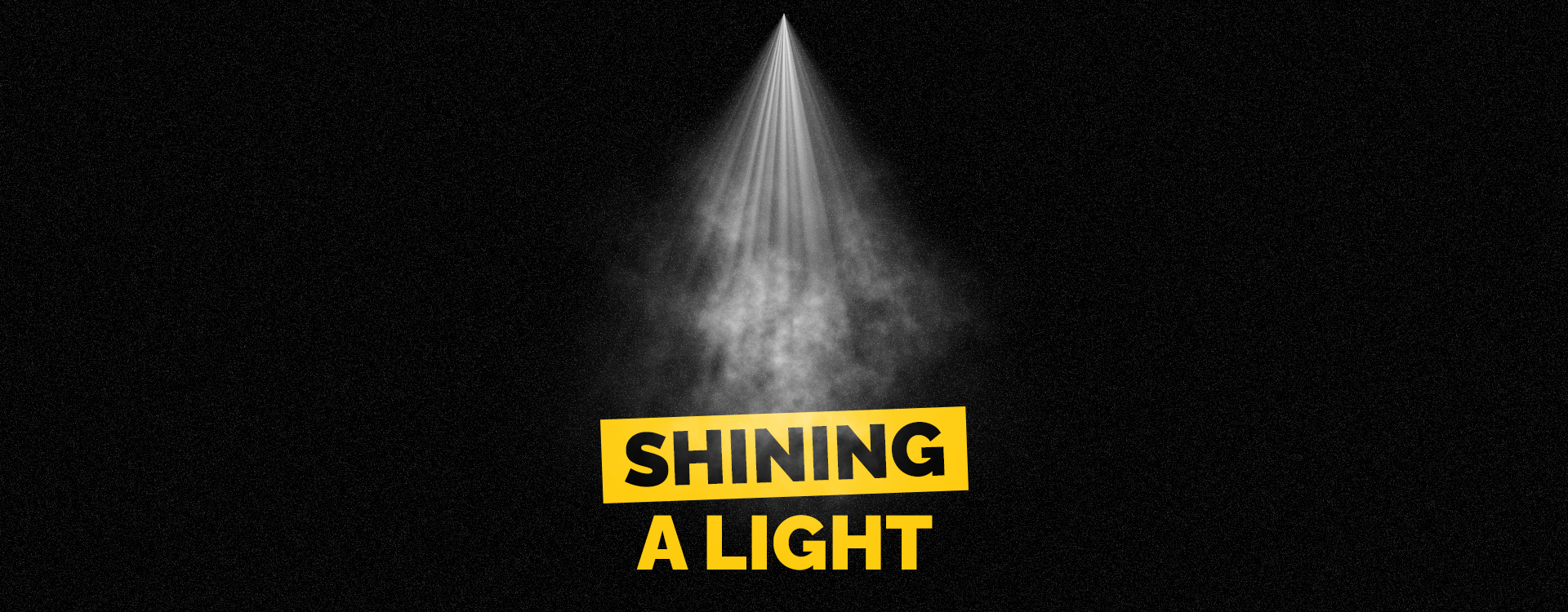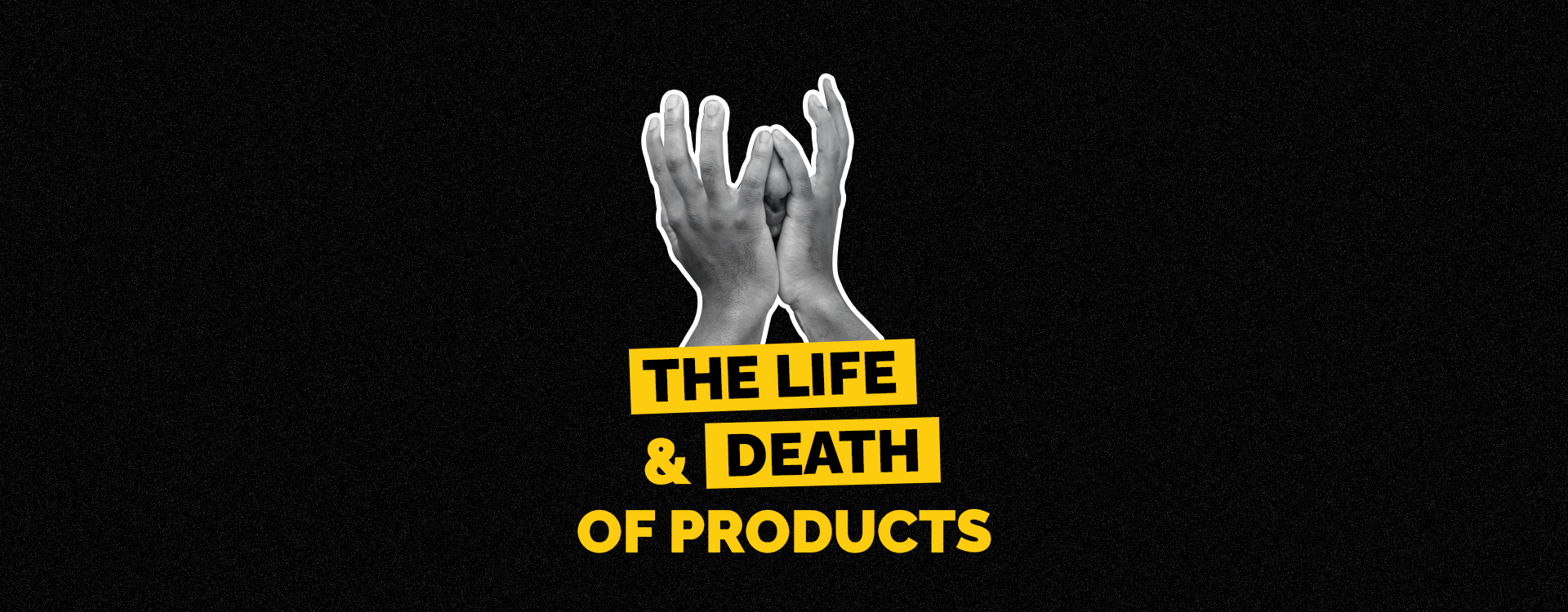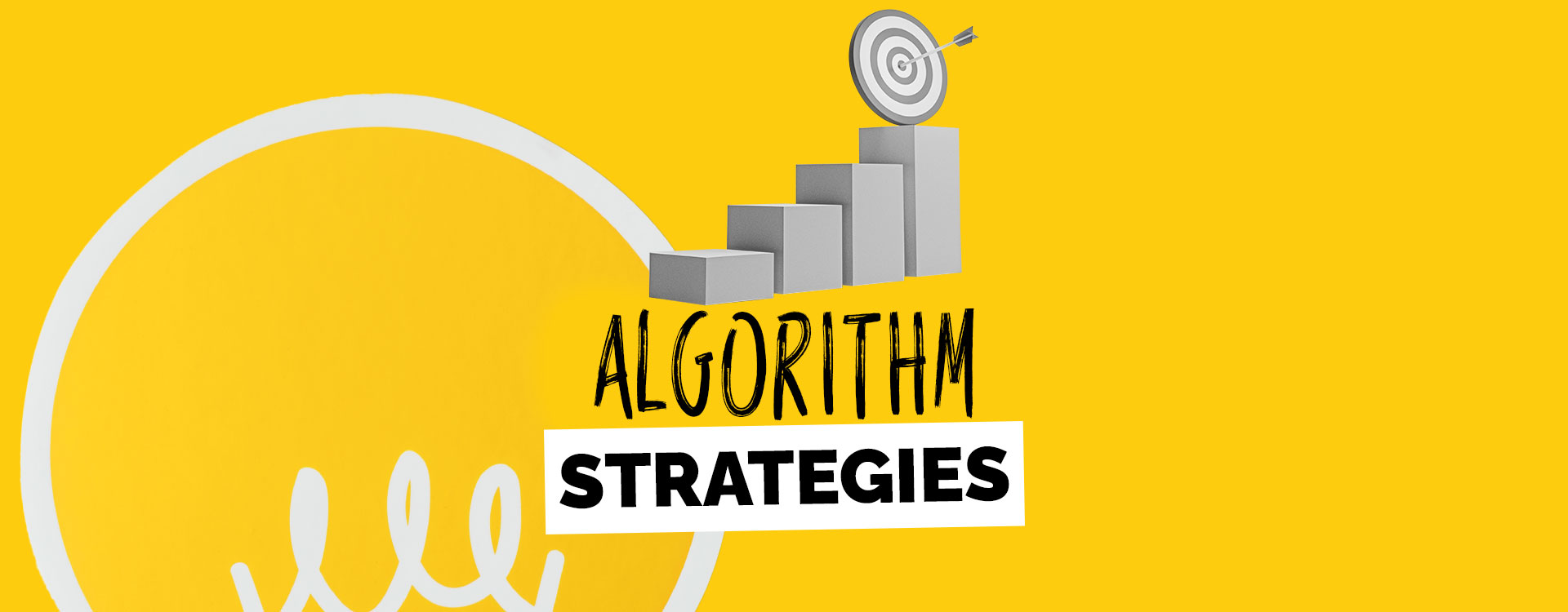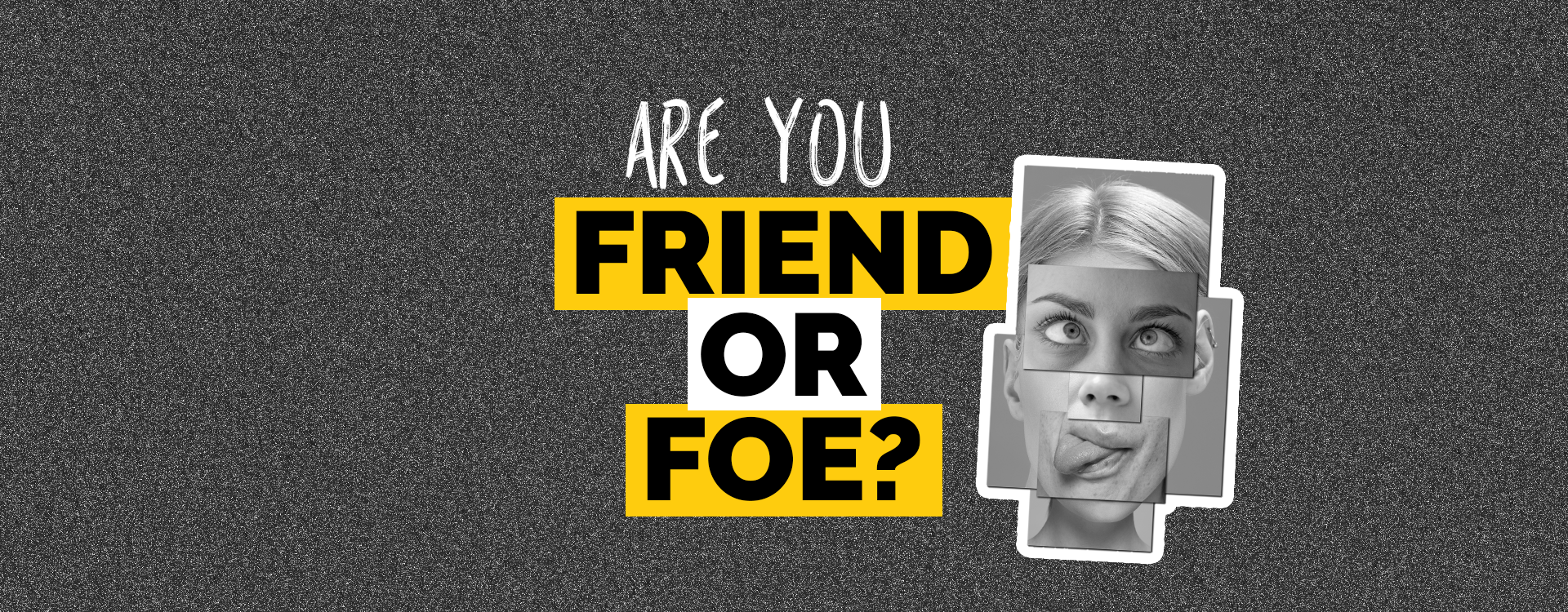It’s a topic that inspires feelings of helplessness and guilt. Frankly, we sometimes understand why so many people choose to live in denial concerning its potentially world-ending magnitude. The task of confronting it, and the role we’ve been tasked with, is almost too dire to command our full attention.
But climate change is a real, potentially fatal, problem that we must not shy away from. As our climate’s activity grows more extreme, the need to transition to a low-carbon economy becomes clear.
As world governments are coming together in Dubai for the United Nations Climate Change Conference, and pledging to significantly reduce their emissions, we thought now would be a great time to talk about the global problem of our time. As Dubai has promised to reduce its emissions to net zero by 2050, we feel it’s important to analyze what your brand can do to assist with such lofty goals. And, as the Middle East uneasily approaches an existence without the fossil fuel industry, so should all of us confront the sacrifices and changes we must make to ensure that our world remains livable and vibrant for future generations.
As a responsible brand, this summit provides a unique opportunity to showcase your commitment to environmental sustainability, and spread awareness about the urgent need for collective action. Believe it or not, climate change affects you too. As global markets shift based on changing climate and market need, your business will be faced with a landscape you didn’t start out with.
Doing your part, no matter how small, for the betterment of life on our planet is simply the right thing to do… which just so happens to be one of the most resonant reasons businesses are adopting more environmentally friendly practices.
But what can your small business be expected to do to help combat climate change? You’re not a megacorporation or government, after all. Let’s take our cue from the Climate Change Conference, and explore ways your business can make a difference.
Here are some great strategies your brand can employ to make a positive impact and enter into the global conversation of caring for our world.
- Talking Sustainable Practices
If you’ve implemented sustainable practices within your enterprise, why not brag a bit? Not only because you’re proud of the changes you’ve made with a better future in mind, but also because other businesses may be looking for their own ways to bring sustainability to their business. If you’ve added electric vehicle charging ports, implemented a recycling program, or organized a cleanup event in your neighborhood, then talk about it! Your bragging rights just might be the push someone else needs to make a change.
- Social Media
For all its nonsense and fluff, anyone who’s spent any time on social media knows that social media is also where most people begin to get their news and information, before delving deeper into their areas of interest. Social media controls online people’s worldview, so why not utilize your social media platforms to spark conversations related to climate action? Create branded hashtags, host live sessions with environmental experts, and encourage your followers to share their own sustainable practices. Social media is a powerful tool for raising awareness and inspiring meaningful action.
- Discuss the Conference
Due to its proximity and freshness in the minds of the people, the COP28 is the climate action conversation starter, especially if your brand is based in the UAE. Share your brand’s perspective, express support for positive initiatives, and contribute to the broader conversation about the role businesses play in addressing climate change. You certainly don’t have to agree with every corporate initiative you hear, but the fact that you’re inspiring meaningful interactions among your people and customers can go a long way toward action and an active push for positive change.
- Be Accountable
Your honesty and accountability regarding your brand’s measured goals and sustainability initiatives sets an example. Taking transparent responsibility regarding your progress, failings and ambitions fosters trust and encourages consumers to support environmentally responsible brands. It’s also good business, as more and more consumers are choosing environmentally conscious goods and service providers. Once again, you’re leading by example.
- Know What You Need To Do
At this point, choosing to neglect sustainable practices and climate change initiatives has become detrimental. People are more than willing to single out people and organizations they deem to be “on the wrong side of history” and, when it comes to our warming world, doing something is far better than doing nothing. Additionally, owning sustainability is one of the most unique changes businesses are making in recent years. It’s up there with the shift to digital, and it’s just as revolutionary. It’s also, potentially, very difficult. New regulations are seemingly popping up every day and, for once, their hearts are in the right place. Remaining ahead of the climate change curve will greatly benefit your organization in the long run.
Plotting a climate conscious roadmap is different for every industry. If you’re online-only, like us, then we’ve got some thoughts for you. Whatever course of action you choose to take, know that you’ll be contributing to a greater good. A sustainable future is the only livable future for our species (and also your business).
The 2023 United Nations Climate Change Conference is a momentous occasion for your brand to lead by example and contribute to the global movement for a sustainable future.
Because, when it comes to the issue of climate change, we’re all investors and a better future is our reward.


